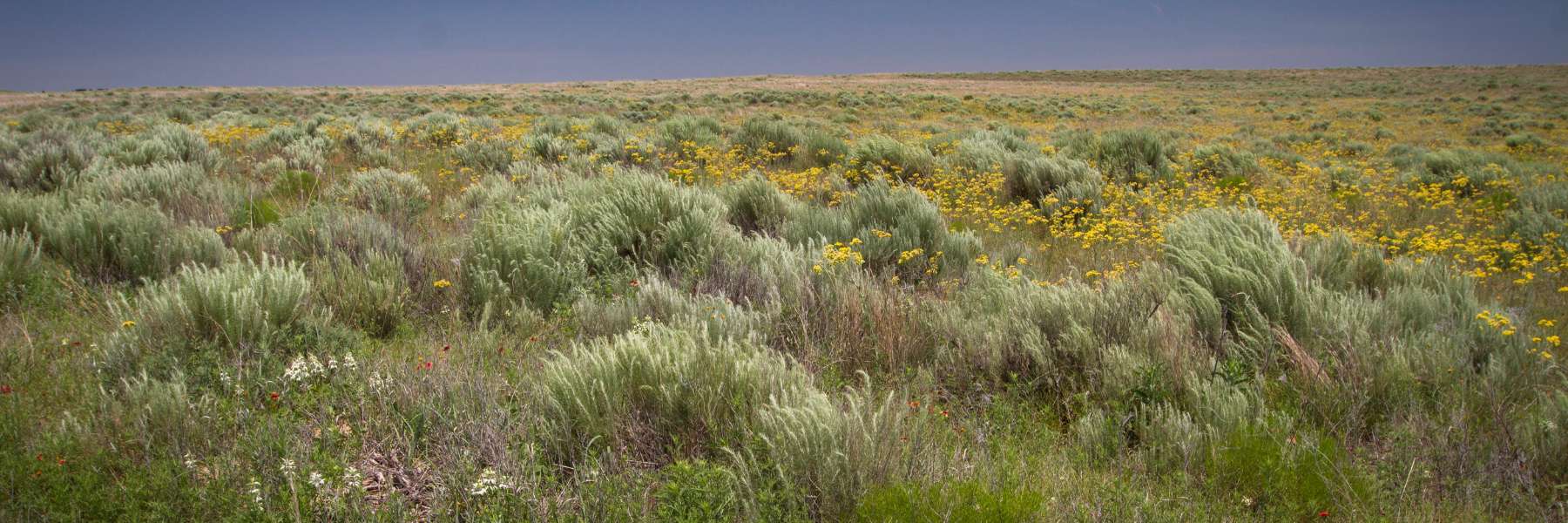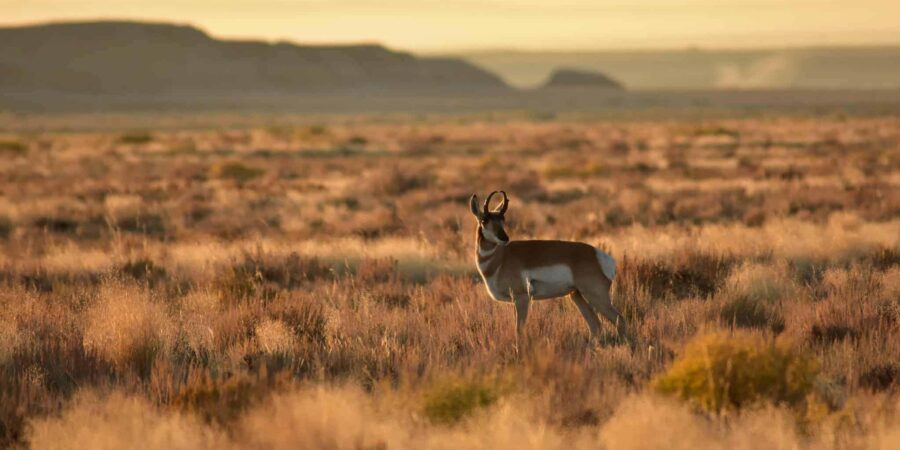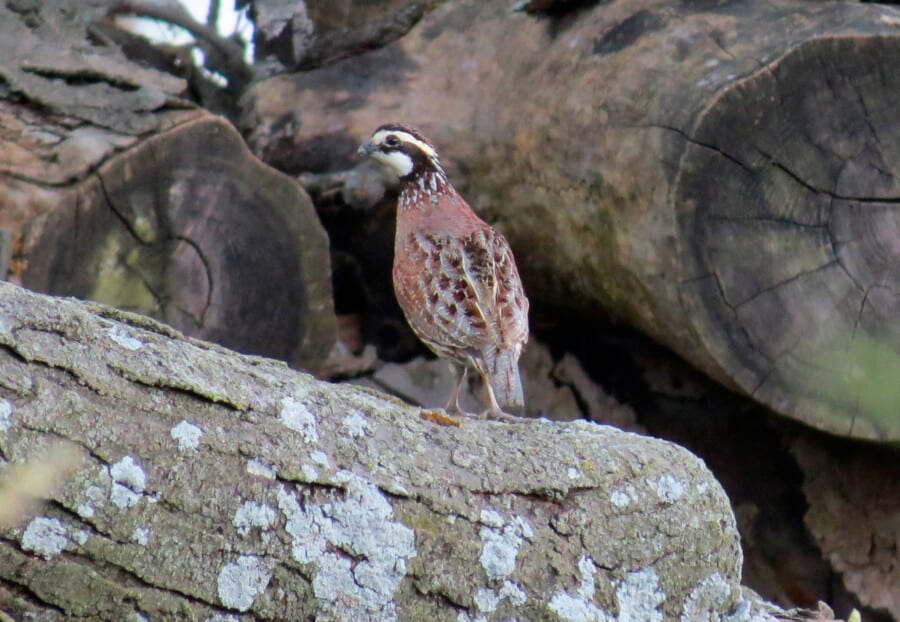
Photo: Jeremy Roberts, Conservation Media
Landscapes
America’s farmers, ranchers and foresters hold the key to wildlife conservation.
The sagebrush biome is the largest habitat type in North America, spanning 175 million acres in 13 western states and two Canadian provinces.
Collectively, more than 350 plant and animal species of conservation concern live in these, mostly tree-free habitats, most notably a host of sagebrush songbirds, migratory big game, and both the greater and Gunnison sage-grouse.
We work with producers, landowners, and partners across this vast landscape to defend intact sagebrush cores for the people and wildlife who depend on healthy, resilient sagebrush range.

This thriving and healthy sagebrush habitat in Idaho hosts native grasses, wildflowers, and of course, sagebrush. Photo: Jeremy Roberts, Conservation Media

Healthy sagebrush rangelands support diverse wildlife including sage grouse, pronghorn, elk, deer, and domestic livestock. Photo: Tom Koerner, USFWS.
The Great Plains of North America are home to some of the world’s largest remaining and most intact grasslands - like the Sandhill grasslands of Nebraska.
This region is rich in wildlife, particularly birds. Whooping and sandhill cranes, shorebirds, and hundreds of other migratory species rely on the Central Flyway of the Great Plains.
The American prairie is a stronghold for grassland songbirds, a mid-continental duck factory, and a mecca for upland game hunting, which benefits rural economies. Plus, retaining and restoring grasslands represents the largest natural opportunity to reduce carbon emissions in rangelands.
More than 90% of the grasslands in the Great Plains are privately owned, making our work critically important. Alongside our partners, we are working to defend core grassland areas, like the Sandhills, from further degradation, while capitalizing on opportunities to expand these cores through strategic, voluntary conservation actions.

Lesser prairie-chickens (and their cousins, the greater prairie-chicken) rely on treeless expanses of native prairie, making them a great species for gauging the health of the Great Plains biome. Photo: Jeremy Roberts, Conservation Media

Maintaining healthy grazing lands through the Plains is one of the best ways to provide habitat for wildlife and keep carbon stored underground. Photo: Jeremy Roberts, Conservation Media
The grasslands and savannas that comprise much of the central U.S. are rich in wildlife and support robust agriculture and forestry operations. Working Lands for Wildlife is committed to ensuring a bright future for the Northern bobwhite and for the producers who depend on this landscape.
Working Lands for Wildlife's Northern Bobwhite, Grasslands and Savannas Framework for Conservation Action is a 2022 publication by NRCS capturing a long-term, large landscape conservation plan across 25 states to recover central and eastern grasslands for northern bobwhite and other wildlife species.
To support the win-win approach of WLFW, this framework also includes anticipated outcomes for risk management and revenue enhancements for agricultural and/or forestry operations, as well as measured outcomes for addressing climate change.


